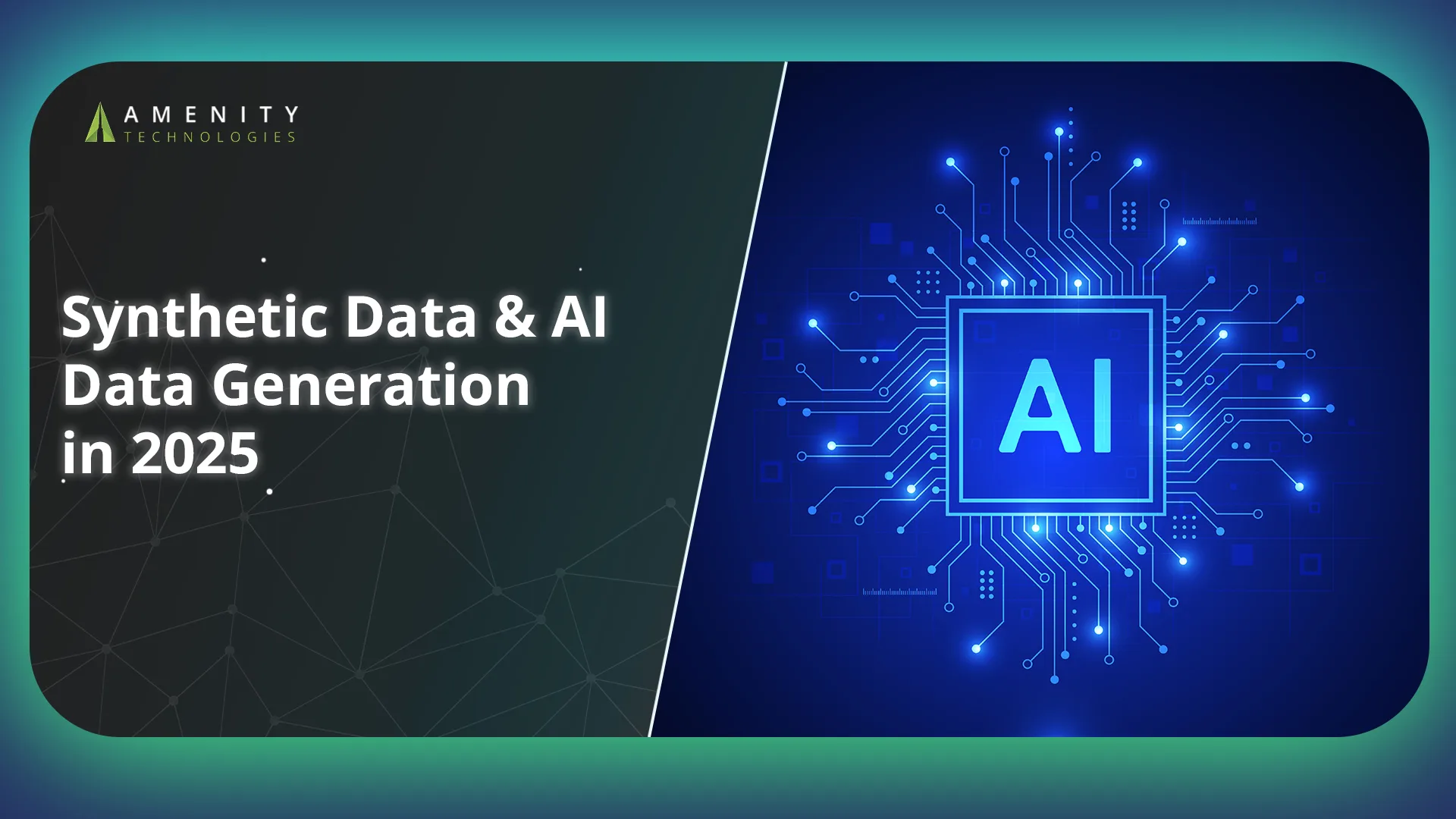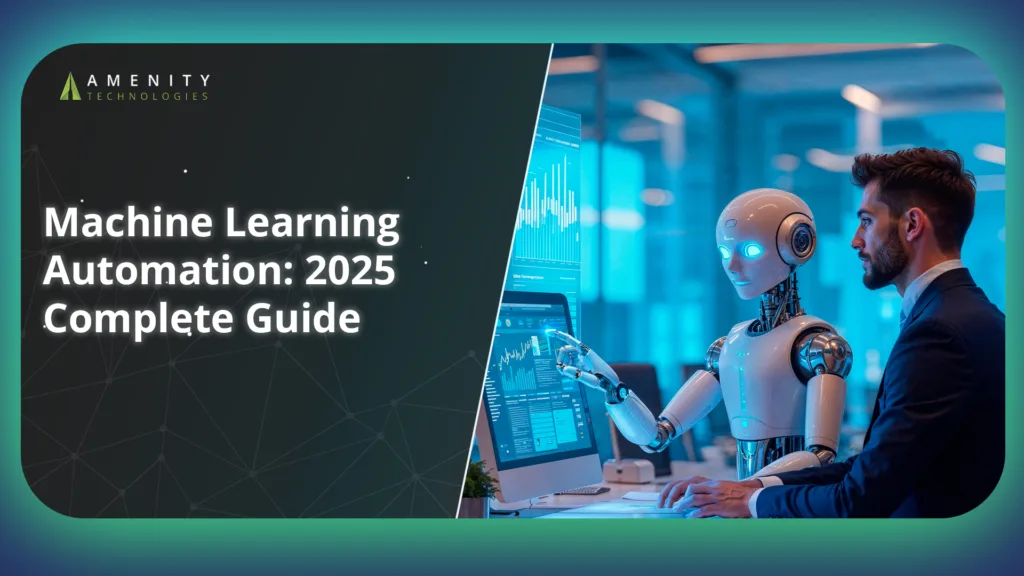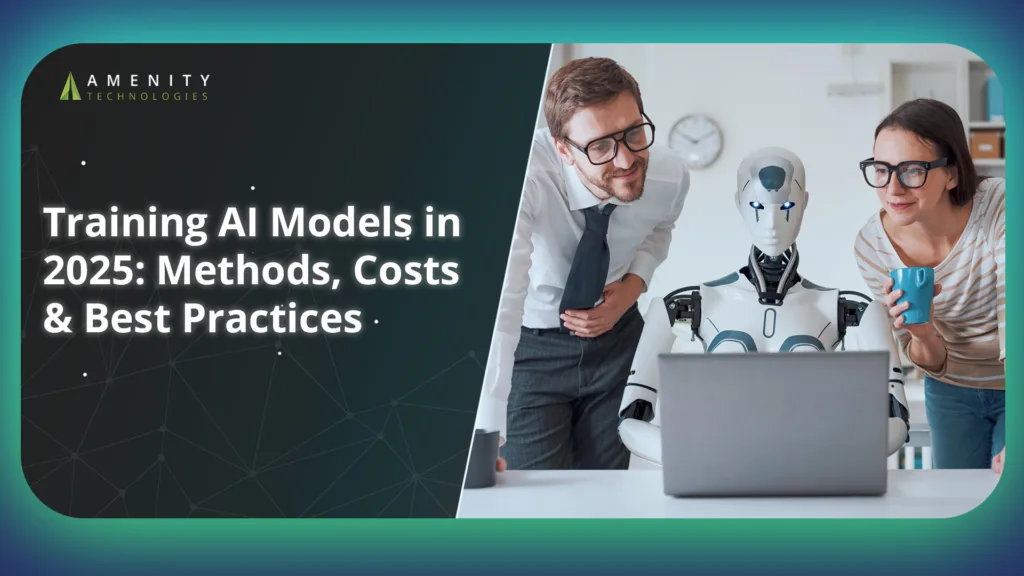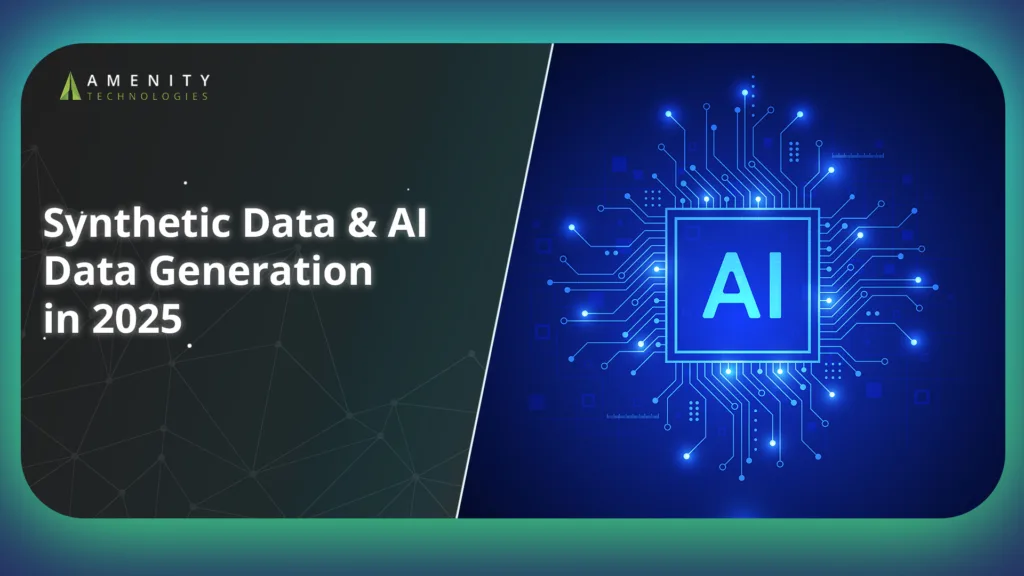What happens when you need thousands of rare event samples but your real-world logs contain only a handful?
By using generative training data, teams can create large volumes of synthetic images, tabular records and video scenarios without waiting for real-world collection. More than 30% of the market share in 2024 was attributed to AI/ML model training via synthetic tools.
Demand for AI data generation has surged: the global synthetic dataset generation market was valued at approximately USD 310.5 million in 2024 and is forecasted to grow around 35.2% annually through 2034.
This article explains how AI data generation works, why it matters for model training, and the practical trade-offs you must address before deploying synthetic data at scale.
Why Synthetic Data Matters for AI Data Generation in 2025?
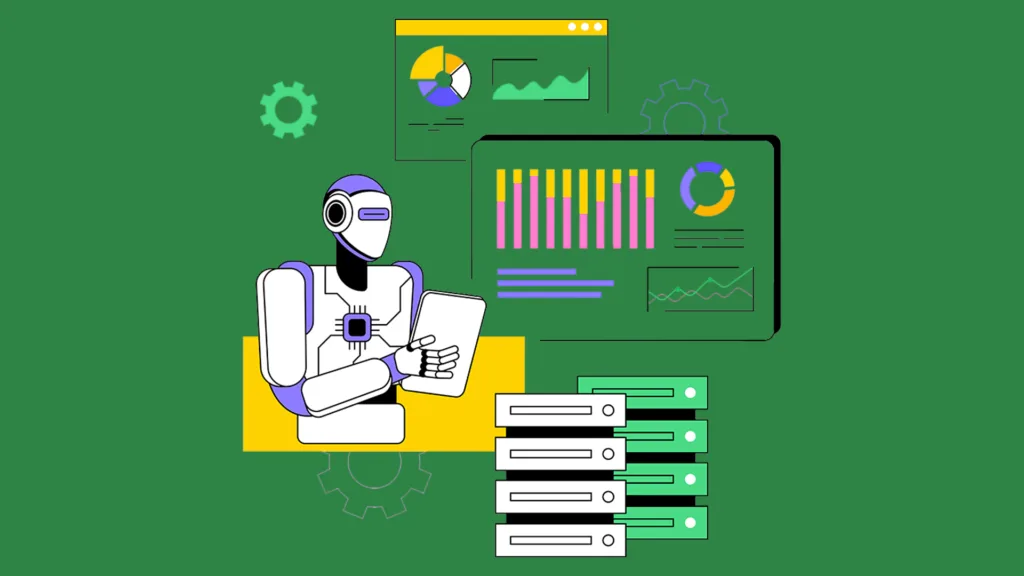
When training-data requirements outpace what real-world data offers, synthetic dataset generation becomes a strategic response. This section explores four core drivers: scarcity & edge cases, privacy & compliance, bias control & balance, and iteration & cost efficiency.
1. Overcoming Data Scarcity & Edge Cases
Many sectors such as healthcare, fintech and robotics face a shortage of usable records for rare or dangerous scenarios. Synthetic generation allows teams to create these edge cases deliberately and at scale.
For example, synthetic data can generate rare fault events in industrial sensor logs or unusual fraud patterns in transaction sets.
By generating thousands of diverse scenarios rather than waiting for real occurrences, you reduce project risk and accelerate training. The flexibility to scale rapidly fills gaps when data collection and annotation of real events proves slow or costly.
2. Privacy, Compliance & Risk Reduction
In regulated industries the presence of personal identifiers in real datasets poses serious risk. Synthetic data mimics structure but contains no actual individuals.
This supports compliance with GDPR, HIPAA and other frameworks while enabling data-sharing with external partners under lower disclosure risk.
One policy note from the UK’s national statistics office emphasises that synthetic data enables greater access while reducing disclosure risk.
3. Bias Control & Balanced Datasets
Models trained on historical data frequently inherit its skewed distributions or blind spots. Synthetic generation offers the ability to control class distribution, oversample underrepresented groups and inject variation beyond historic records.
That means you can reduce model blind spots and improve fairness by designing synthetic sets with those distributions in mind.
4. Faster Iteration & Cost Efficiency
Building and annotating real-world datasets can impose long lead times and high cost, especially for images, videos or sensor data. Synthetic data can be generated more quickly, pre-labelled and scaled on demand. That reduces annotation cost and lets engineering teams iterate on experiments more rapidly. Synthetic data removes many of the roadblocks teams face with real-world datasets.
Techniques and Tooling in AI Data Generation & Synthetic Dataset Generation
As AI data generation becomes core to model performance, the techniques behind it have evolved from simple rule-based sampling to complex deep generative systems. Each approach serves a different stage of model development, from creating tabular datasets to producing multimodal synthetic environments that mirror real-world variability.
1. Statistical Methods & Rule-Based Simulation
Early forms of AI data generation relied on deterministic logic and statistical distributions. These included Gaussian sampling, random noise injection, and parametric models to reproduce specific data patterns. Such methods remain valuable for structured or numeric datasets where parameters are well understood.
For instance, financial institutions often use synthetic dataset generation through Monte Carlo simulations to model risk without using customer data. These simulations enable reproducible scenarios while maintaining compliance and low computational cost.
2. Deep Generative Models (GANs, VAEs, Diffusion Models)
The major leap in AI data generation came from deep generative networks.
- GANs (Generative Adversarial Networks) create realistic visuals and audio by training two models, the generator and discriminator, against each other. NVIDIA’s StyleGAN, for example, produces high-fidelity human faces and autonomous vehicle environments.
- VAEs (Variational Autoencoders) compress input data into latent variables, making them ideal for structured text or tabular synthetic dataset generation.
- Diffusion models, now powering tools like OpenAI’s Sora and Stability AI’s SDXL, add controlled noise to transform and reconstruct samples, yielding exceptionally diverse image and video data.
These models enable enterprises to replicate rare conditions or edge cases with high accuracy something traditional datasets fail to achieve.
3. Hybrid Approaches & Domain Adapters
Hybrid frameworks combine real and synthetic data to expand coverage and fill missing data gaps. This form of AI data generation supports domain adaptation and data augmentation, improving generalization across unseen conditions.
For instance, in autonomous driving, developers integrate synthetic road scenes from Carla or AirSim with sensor-collected footage to fine-tune perception models. The outcome is a more resilient model capable of handling real-world variance.
Such approaches also employ adversarial fine-tuning to narrow the “reality gap”, the difference between synthetic and real-world input behavior ensuring consistent model reliability.
4. Synthetic Data Pipelines & Automation
Scalability in AI data generation depends on automation. Advanced teams build full-fledged pipelines that handle generation, validation, and deployment continuously.
These pipelines include version control for datasets, drift detection mechanisms to identify bias over time, and automated feedback loops that improve data quality through iterative retraining.
Modern data platforms such as Databricks and Snowflake now integrate APIs for synthetic dataset generation, allowing teams to simulate data updates dynamically within production environments.
Generative Data Tools & Frameworks
The tooling ecosystem for AI data generation has expanded with a mix of open-source and enterprise options.
- Gretel.ai offers a SaaS platform for privacy-preserving tabular and time-series synthetic dataset generation.
- Mostly AI focuses on GDPR-compliant generation workflows with built-in fairness controls.
- Unity Simulation Pro supports physics-based simulation for autonomous systems, blending real and virtual sensor data efficiently.
These frameworks make AI data generation accessible to organizations without deep ML expertise, helping teams prototype, test, and deploy synthetic data within days rather than months.
Applications & Use Cases of AI Data Generation in Model Training
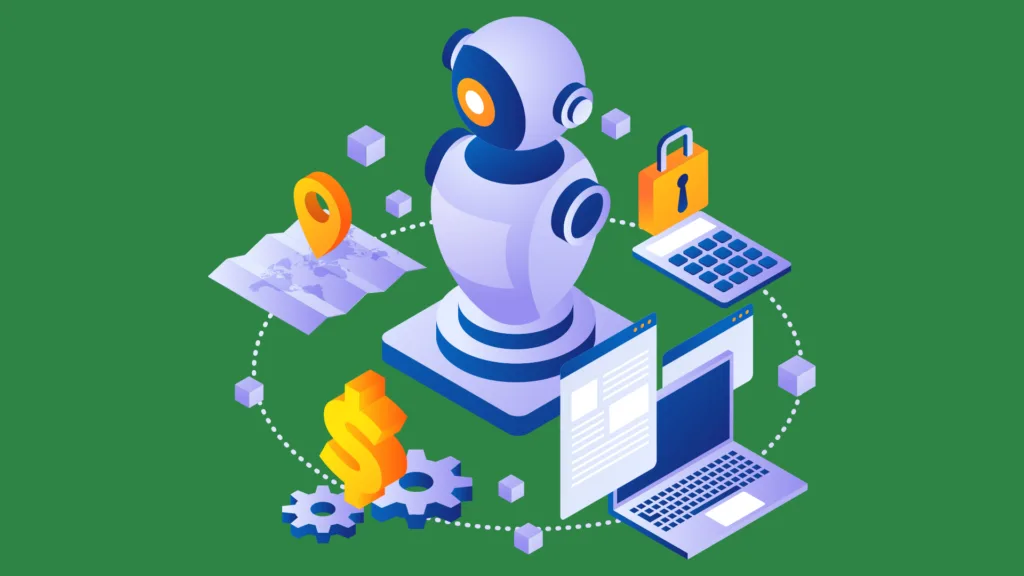
The demand for AI data generation has surged as organizations realize its power to train models with more precision, safety, and control. Synthetic datasets are no longer auxiliary; they are central to innovation across AI domains.
The following applications show how synthetic dataset generation accelerates development, enhances accuracy, and ensures compliance in real-world systems.
1. Computer Vision & Autonomous Systems
Computer vision models thrive on diverse and labeled data, which can be expensive or impossible to collect. Through AI data generation, engineers now build vast synthetic image libraries and 3D simulations that train models for object detection, segmentation, and environmental understanding.
Platforms like NVIDIA Omniverse Replicator and Unity Perception generate complex driving scenarios, like weather changes, lighting shifts, or collision events, that rarely occur in real life. By incorporating these edge cases, models in autonomous driving or robotics achieve stronger real-world performance with fewer safety risks.
2. NLP & Conversational Agents
In natural language processing, AI data generation helps scale high-quality corpora for chatbots, translation models, and intent recognition systems. Instead of manually sourcing millions of lines of text, teams use synthetic dataset generation to create variations, paraphrases, and contextual expansions.
For instance, AI platforms simulate dialogue flows to train customer service bots that understand rare intent patterns or domain-specific language. This enables faster iteration cycles while maintaining linguistic diversity across training datasets.
3. Tabular Data & Business Analytics
Structured data drives financial modeling, healthcare analytics, and retail forecasting. However, sharing or expanding such datasets poses privacy and compliance risks. AI data generation solves this by simulating transactional records, patient data, or inventory sequences that follow real statistical patterns without exposing sensitive information.
In finance, synthetic dataset generation supports fraud detection models by replicating rare but high-risk transaction types. In healthcare, it helps create compliant training data for diagnostic and predictive systems, ensuring models are both accurate and privacy-safe.
4. Testing, QA & Simulation Environments
Synthetic data is also a practical tool for validation. Teams use AI data generation to create controlled test sets for QA, performance benchmarking, and scenario validation. By introducing rare combinations of conditions or fuzzing data inputs, developers uncover weaknesses before live deployment.
This approach reduces time spent on manual test case creation and makes continuous integration pipelines more efficient. In A/B experiments or large-scale simulations, synthetic data provides precise control over test variables.
5. Cross-Domain & Transfer Learning Support
A growing use case for AI data generation lies in bridging gaps between domains. When a model trained in one environment needs to adapt to another, synthetic dataset generation can produce intermediate data that aligns their feature spaces.
For example, a speech recognition model trained on American English can be adapted for Indian English through synthetic voice data that mimics regional phonetic variations. This helps globalize AI systems without needing massive real-world recordings.
Challenges, Risks & Quality Assurance in Synthetic Data
While AI data generation offers unmatched scalability and control, it also introduces new layers of complexity. Teams must address the accuracy, fairness, and integrity of synthetic dataset generation to ensure that data supports, not distorts, but real-world model performance.
Below are the most pressing challenges developers and organizations face in deploying synthetic data pipelines at scale.
1. Fidelity vs Reality Gap
A core limitation of AI data generation lies in how closely synthetic data mirrors real-world distributions. Even advanced models such as GANs and diffusion systems may fail to capture subtle dependencies—like correlations between time-based or contextual variables.
This “reality gap” means models trained purely on synthetic data sometimes struggle when exposed to natural inputs. To mitigate this, experts often blend real and synthetic datasets, applying domain adaptation techniques and iterative fine-tuning to improve alignment. According to Gartner, synthetic data will completely overshadow real data in AI models.
2. Overfitting & Repetition Artifacts
When AI data generation systems produce repetitive patterns or limited diversity, they risk creating datasets that lead to overfitting. Models may end up memorizing recurring structures, synthetic artifacts, instead of learning generalizable patterns.
This is particularly common in image and text synthesis, where noise-based generators can reproduce the same features across samples. Regular quality checks, random seed adjustments, and data augmentation strategies are essential to prevent redundancy and promote richer variability across the dataset.
3. Bias Propagation & Ethical Risks
Although synthetic dataset generation aims to correct imbalances, it can also replicate existing bias if not carefully designed. Because generative models are trained on real data, they may inherit skewed distributions or underrepresentation issues.
This creates a risk of amplifying societal or demographic bias in downstream models. Ethical AI development now demands bias audits, fairness testing, and inclusion metrics across generated data subsets. Companies like Mostly AI and Gretel.ai have begun integrating fairness modules to detect and counter inherited bias during synthetic data creation.
4. Validation, Metrics & Benchmarking
Validating the credibility of synthetic data is as important as generating it. Teams apply statistical similarity tests like Kolmogorov–Smirnov (KS), correlation checks, and feature divergence scores to ensure fidelity.
Beyond statistics, domain experts must review outputs for logical consistency. In practice, synthetic and real data splits are tested side-by-side to compare downstream model accuracy and error rates.
5. Compute, Cost & Tooling Complexity
Building and managing synthetic data pipelines demands heavy computational resources. Training diffusion or GAN-based models for AI data generation can require high-end GPUs and substantial power budgets, making them costly to scale.
Moreover, maintaining these systems involves expertise in both generative modeling and data engineering. Continuous model retraining, drift monitoring, and quality assurance tools must be integrated to sustain accuracy over time. For organizations without in-house capabilities, this complexity is often the deciding factor in partnering with specialized synthetic data providers.
Amenity Technologies is your Partner to Help with AI Data Generation
As enterprises scale AI adoption, the demand for structured, privacy-compliant, and diverse data continues to rise. Amenity Technologies bridges the gap between AI data generation theory and real-world implementation through engineering precision and domain expertise. Our approach ensures that synthetic pipelines are not only technically sound but also strategically aligned with business objectives.
- We bring together teams skilled in machine learning, data engineering, and model optimization, making us a dependable partner for enterprises adopting synthetic dataset generation.
- We have delivered scalable data solutions across industries such as finance, healthcare, and IoT, where real-world data availability is often restricted by regulation or sensitivity.
- Amenity delivers end-to-end synthetic data pipelines that automate the creation, validation, and deployment of synthetic datasets into training workflows.
We incorporate drift detection and continuous feedback loops so that generated data stays aligned with real-world shifts. This reduces the manual overhead of dataset curation while ensuring that AI systems remain accurate over time.
Conclusion
By 2025, AI data generation has become an operational necessity, not an experimental capability. Organizations are using synthetic dataset generation to overcome data shortages, privacy barriers, and bias limitations that once slowed model development. The key to success lies in validation, ensuring that synthetic data maintains fidelity, diversity, and business relevance before reaching production systems.
Amenity Technologies helps organizations move from prototype to production with structured synthetic data pipelines, automated validation, and domain-specific fine-tuning.
This balance of innovation and discipline enables teams to accelerate model development while maintaining quality, compliance, and reliability. For teams seeking to scale responsibly, synthetic data is not just an alternative; it’s the next evolution in how AI learns and adapts.
FAQs
Q1: What exactly is AI data generation?
It refers to algorithmically creating artificial data, such as text, images, and tabular records, to train or test AI models without relying on real-world datasets.
Q2: How good is synthetic data compared to real data?
When validated correctly, synthetic data can reach 90 – 98% of real data performance. The accuracy depends on the model type, validation process, and domain context.
Q3: Can I train models using only synthetic data?
Purely synthetic datasets rarely achieve top performance. The best results come from hybrid setups combining real and synthetic samples to improve coverage and reduce bias.
Q4: What are common tools for synthetic dataset generation?
Tools like Gretel.ai, Synthia, and Unity Simulation support synthetic images, text, and tabular data creation. Open-source options such as SDV and CTGAN are also widely used.
Q5: How do you validate synthetic data quality?
Teams use statistical similarity metrics, correlation analysis, and downstream model benchmarking to assess realism and utility. Real test data acts as a reference for verification.
Q6: Is synthetic data safe from privacy risks?
Generally yes. Since synthetic data doesn’t contain real records, it minimizes exposure risk, but developers must still prevent model memorization and leakage from source data.


